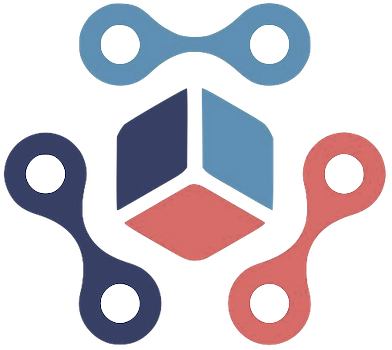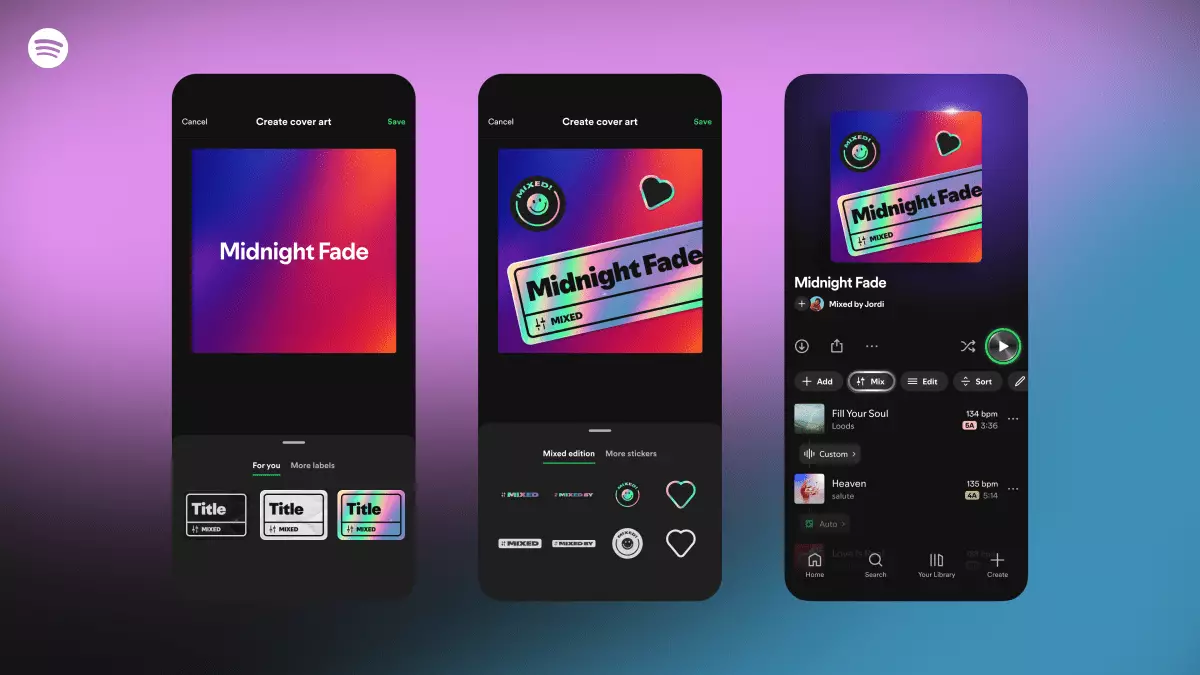Spotify continues to set itself apart by actively redefining how users interact with music. The latest offering—the custom transitions feature—embodies their commitment to empowering listeners with tools that elevate playlists from simple song collections to tailored auditory experiences. Unlike traditional playlist functions, this feature integrates a level of professionalism reminiscent of DJ mixing, allowing users to craft seamless, sophisticated sound journeys. This move is not just about adding flair; it is a bold step towards democratizing music production and personalization, making high-level audio editing accessible to casual listeners and dedicated enthusiasts alike.
At its core, the feature enables users to automatically or manually insert transitions between tracks. Whether you prefer a subtle fade, a rising build, or a smooth blend, the options cater to various moods and genres. The interface’s intuitive design invites experimentation—users can fine-tune volume levels, EQ settings, and effects, all while observing waveform and beat data which guide precise transition points. Spotify’s decision to provide key and BPM information further demystifies the process, lowering barriers for those unfamiliar with DJing or audio editing. The extensive customization options signal a fundamental shift: playlists are no longer static bundles but dynamic soundscapes that can be crafted, shared, and revisited with professional finesse.
This feature is especially significant considering the scale of user engagement Spotify commands. With nearly 9 billion playlists created, the platform isn’t just a streaming service; it is a social and creative phenomenon. By offering tools to DJ-like mixing, Spotify taps into the core of what many users already do privately—curating and personalizing their listening experience—and elevates it to a social and artistic level. The ability to share mixed playlists, collaborate with friends, and toggle transitions on or off grants users unprecedented flexibility. Whether it’s hosting a house party, energizing a workout, or winding down at the end of the day, listeners gain the power to shape their soundtracks exactly as they envision.
Compared to competitors like Apple Music’s AutoMix, Spotify’s new feature displays a clear strategic advantage. While AutoMix promises to blend tracks automatically, Spotify’s offering combines automation with manual control, empowering users to become their own DJs. This hybrid approach is likely to appeal to enthusiasts craving authenticity and precision, while still accommodating newcomers through automated options. The incremental rollout and integration within the existing app ecosystem demonstrate Spotify’s cautious yet ambitious approach to innovation—gradually transforming user experience while maintaining familiar functionality.
The aesthetic dimension is also worth noting. Custom cover art, stickers, and labels enable playlists to carry visual personality alongside auditory innovation. These enhancements suggest that Spotify understands music curation is as much about storytelling and personal branding as it is about sound. This added layer of customization fosters deeper emotional connections with listeners and allows them to craft holistic, engaging musical narratives. Such features enhance user engagement, solidify brand loyalty, and create a competitive edge in an increasingly crowded streaming landscape.
Spotify’s strategic timing is no accident. As the platform faces stiff competition from rapidly evolving rivals, the introduction of advanced mixing tools signifies a shift toward a more versatile, interactive listening environment. By integrating professional-grade features into a consumer-friendly format, Spotify is not just keeping pace; it’s pushing the boundaries of what a streaming app can offer. This innovation could redefine playlist culture altogether—moving from passive consumption to active, creative participation that enriches the entire music ecosystem.
Ultimately, Spotify’s new transition feature is more than mere gimmickry; it embodies the company’s vision of a future where music personalization becomes more immersive and sophisticated. This shift reflects an understanding that listeners want greater control—transforming passive playlists into curated artwork, tailored to their every mood and occasion. If executed well and adopted widely, this innovation has the potential to shift the paradigm of music streaming, placing Spotify at the forefront of the next generation of personalized audio experiences.

